## From Sci-Fi Dreams to Real-World Wonders: How Space Stations Fuel Our Future
Imagine a world where virtual reality headsets are commonplace, where medical diagnoses happen with the touch of a button, and where food production is revolutionized by sleek, self-sustaining systems. This isn’t the stuff of science fiction – it’s the future being shaped by the cutting-edge research happening right now on space stations orbiting our planet.

NASA’s dedication to space station exploration isn’t just about gazing at Earth from afar or chasing distant stars. It’s about pushing the boundaries of human ingenuity and unlocking technologies that will benefit us all.
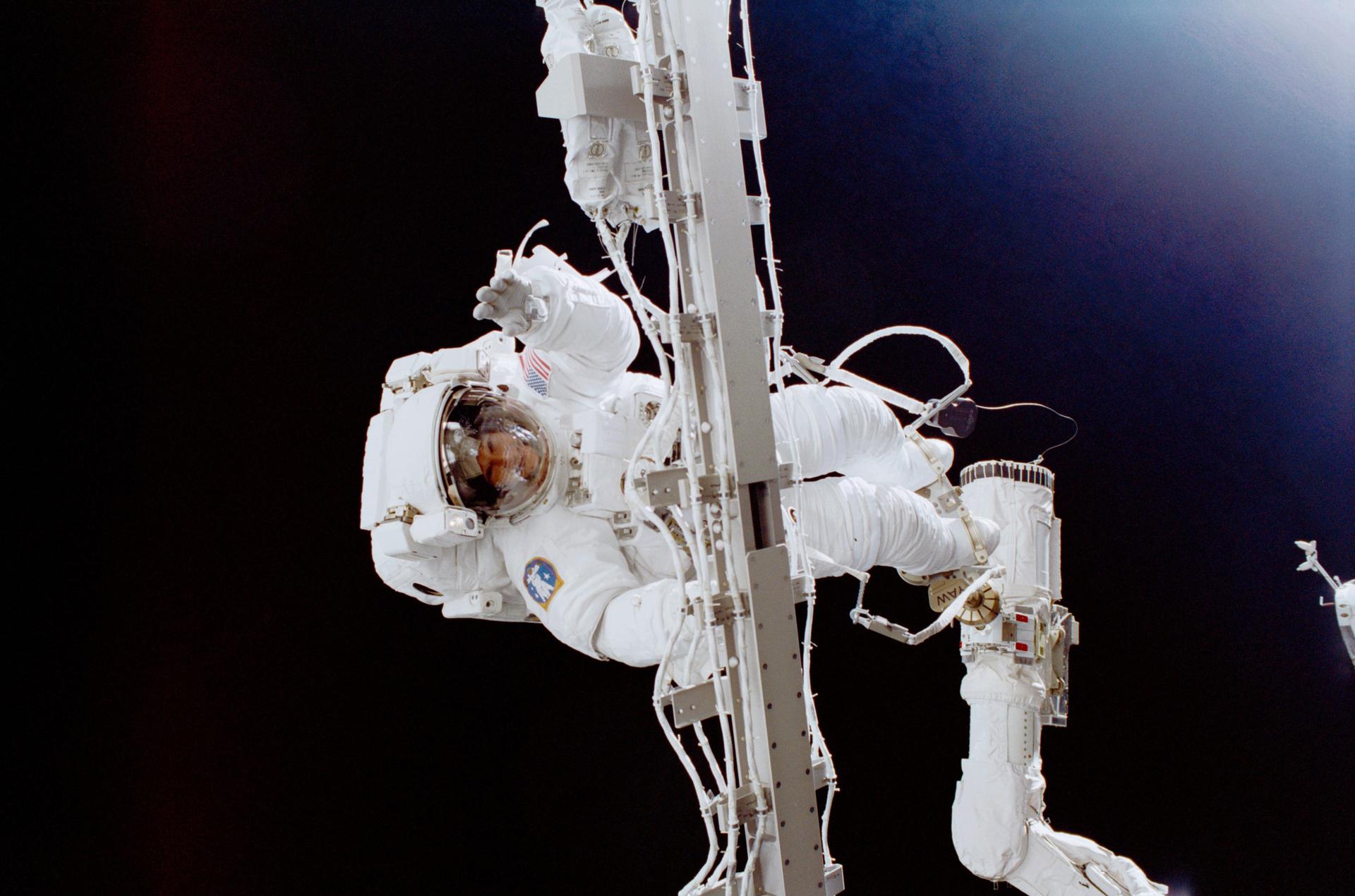
Observing Earth’s Atmosphere and Climate Change
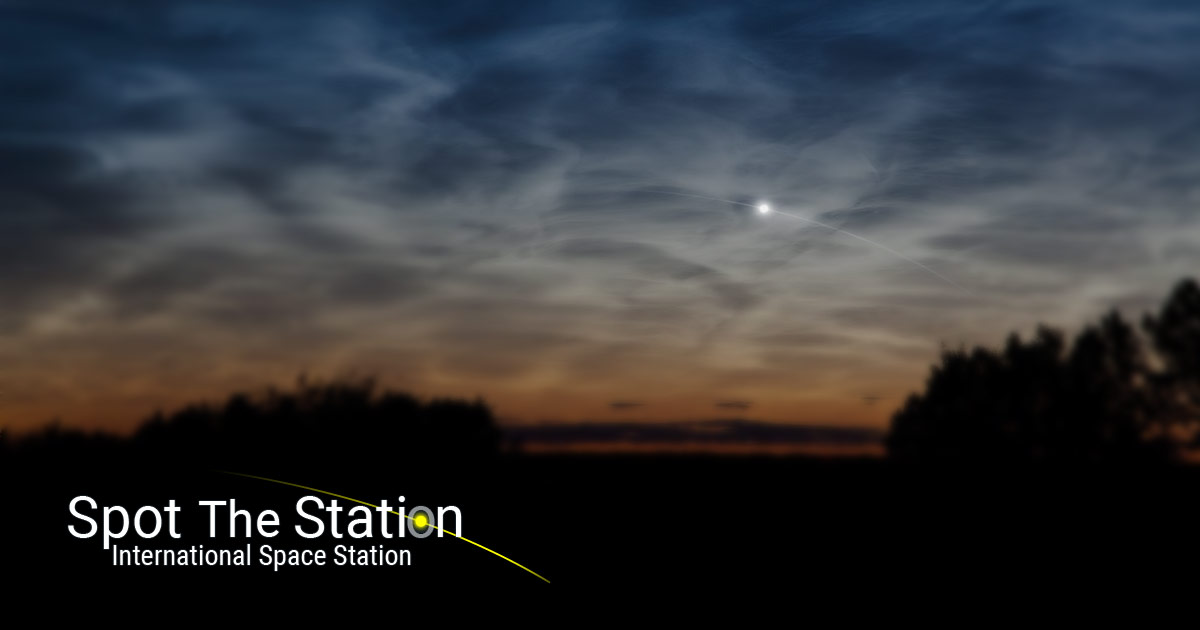
The International Space Station (ISS) provides a unique vantage point for observing Earth’s atmosphere and monitoring climate change. Its orbit allows scientists to capture images and data of weather patterns, natural disasters, and long-term environmental trends.
One key instrument on the ISS is the Atmospheric Infrared Sounder (AIRS). AIRS measures the temperature and humidity of Earth’s atmosphere at various altitudes, providing critical information about global climate patterns. By analyzing AIRS data, scientists can track changes in greenhouse gas concentrations, cloud cover, and other atmospheric variables that contribute to climate change.
The ISS also hosts the Moderate Resolution Imaging Spectroradiometer (MODIS), which captures high-resolution images of Earth’s surface and atmosphere. MODIS data is used to monitor deforestation, track wildfires, and assess the impact of human activities on the environment.
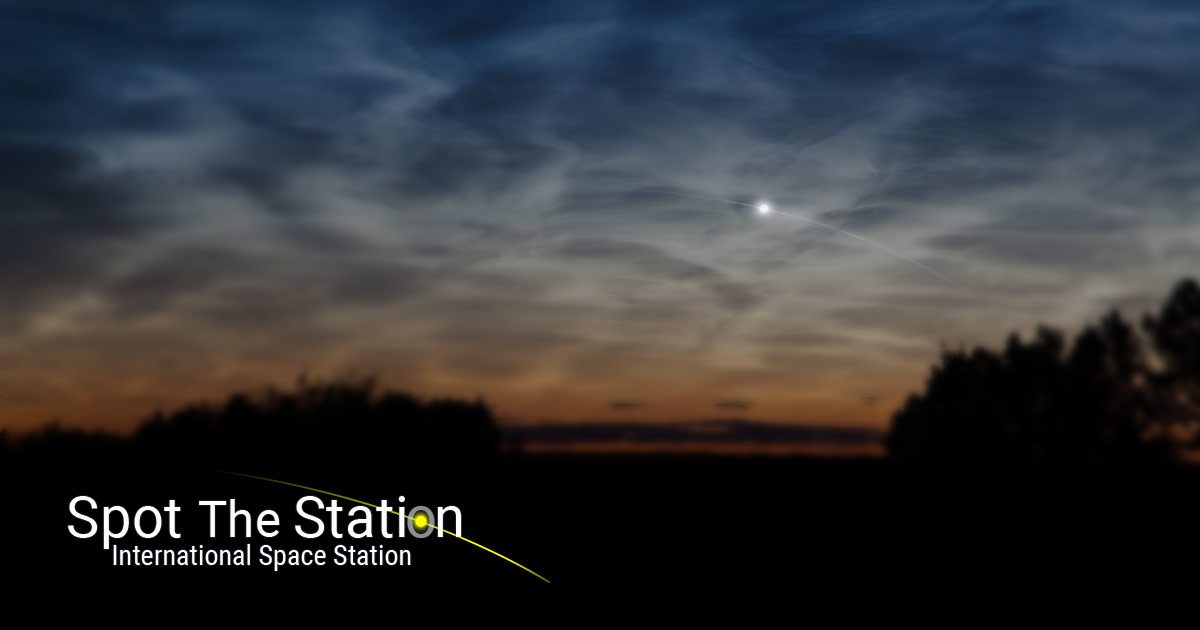
The Human Factor: Advancing Our Understanding of Space Biology
Impacts of Long-Duration Spaceflight on the Body
Living in space presents unique challenges to the human body. The absence of gravity can lead to muscle atrophy, bone loss, and cardiovascular deconditioning. Long-duration spaceflight also exposes astronauts to harmful cosmic radiation and increased levels of stress.
Studies conducted on the ISS have provided valuable insights into these effects. For example, researchers have found that astronauts lose an average of 1-2% of their bone mass per month in space. This can lead to increased risk of fractures and osteoporosis upon return to Earth.
Another concern is the impact of spaceflight on the cardiovascular system. Astronauts experience a decrease in blood volume and heart rate, which can lead to orthostatic intolerance (dizziness upon standing) and other cardiovascular problems.
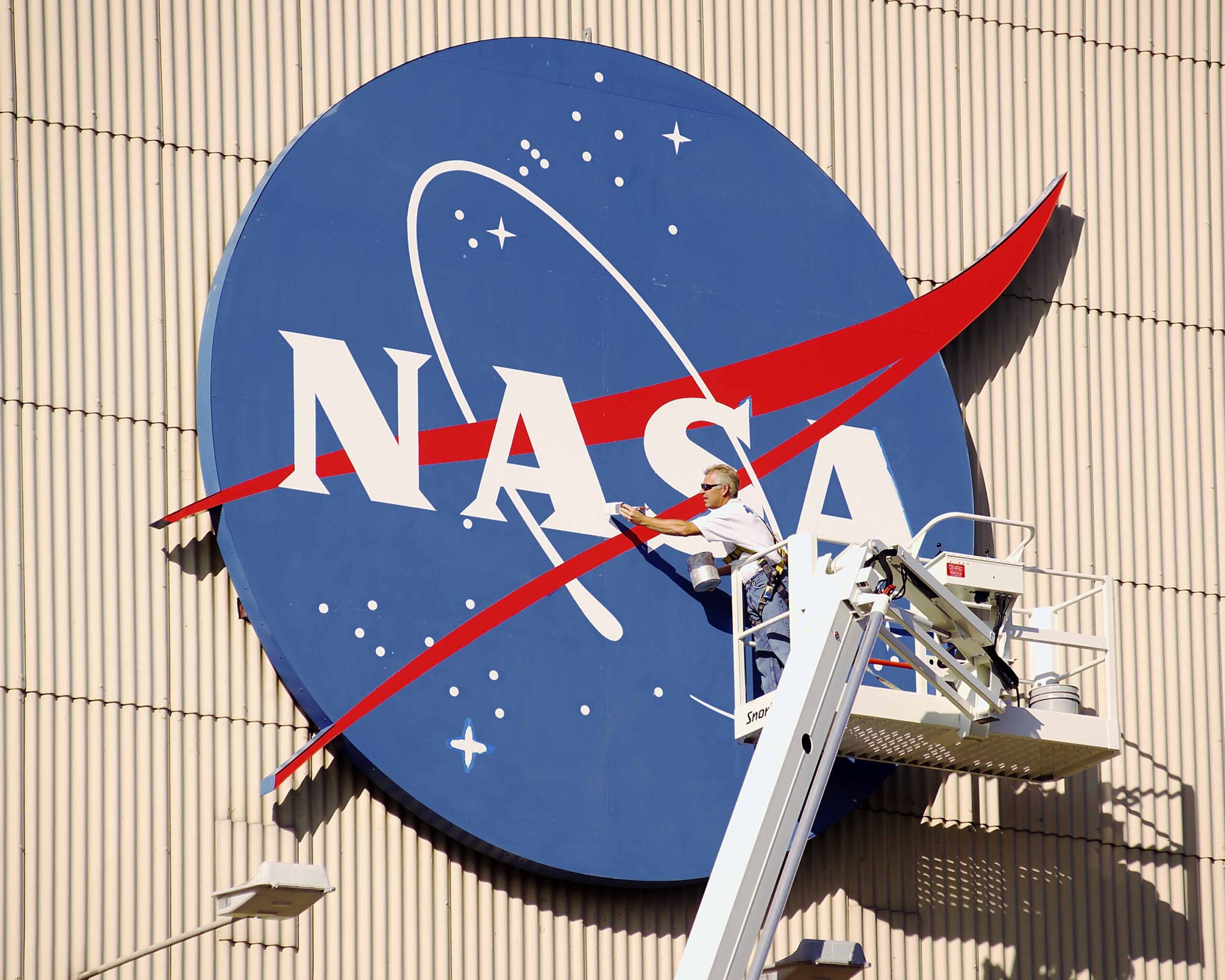
Developing Countermeasures for Space-Related Illnesses
To mitigate the health risks of spaceflight, NASA and other space agencies are developing countermeasures to protect astronauts.
These countermeasures include:
- Exercise regimens: Astronauts on the ISS engage in regular physical activity to maintain muscle mass and bone density.
- Dietary supplements: Astronauts consume specialized diets and supplements to ensure adequate nutrition and bone health.
- Medical monitoring: Astronauts are closely monitored for any signs of health problems during and after spaceflight.
- Stars and galaxies:
- Planets and their moons:
- Black holes and other exotic phenomena:
- Artificial limbs and prosthetics: Astronauts have benefited from the development of advanced prosthetics, which have also improved the lives of people with limb loss on Earth.
- Microgravity research: Studies conducted in microgravity have led to new methods for drug delivery and tissue engineering, with potential applications in treating cancer and other diseases.
- Water purification systems: Technologies developed for purifying water in space are now used in homes and businesses to provide clean drinking water.
- Food preservation techniques: Freeze-drying and other food preservation methods developed for astronauts have extended the shelf life of food products on Earth.
- Memory foam: Initially designed for cushioning in spacecraft, memory foam is now widely used in mattresses, pillows, and other consumer products.
Researchers are also exploring new technologies, such as artificial gravity and radiation shielding, to further protect astronauts in space.
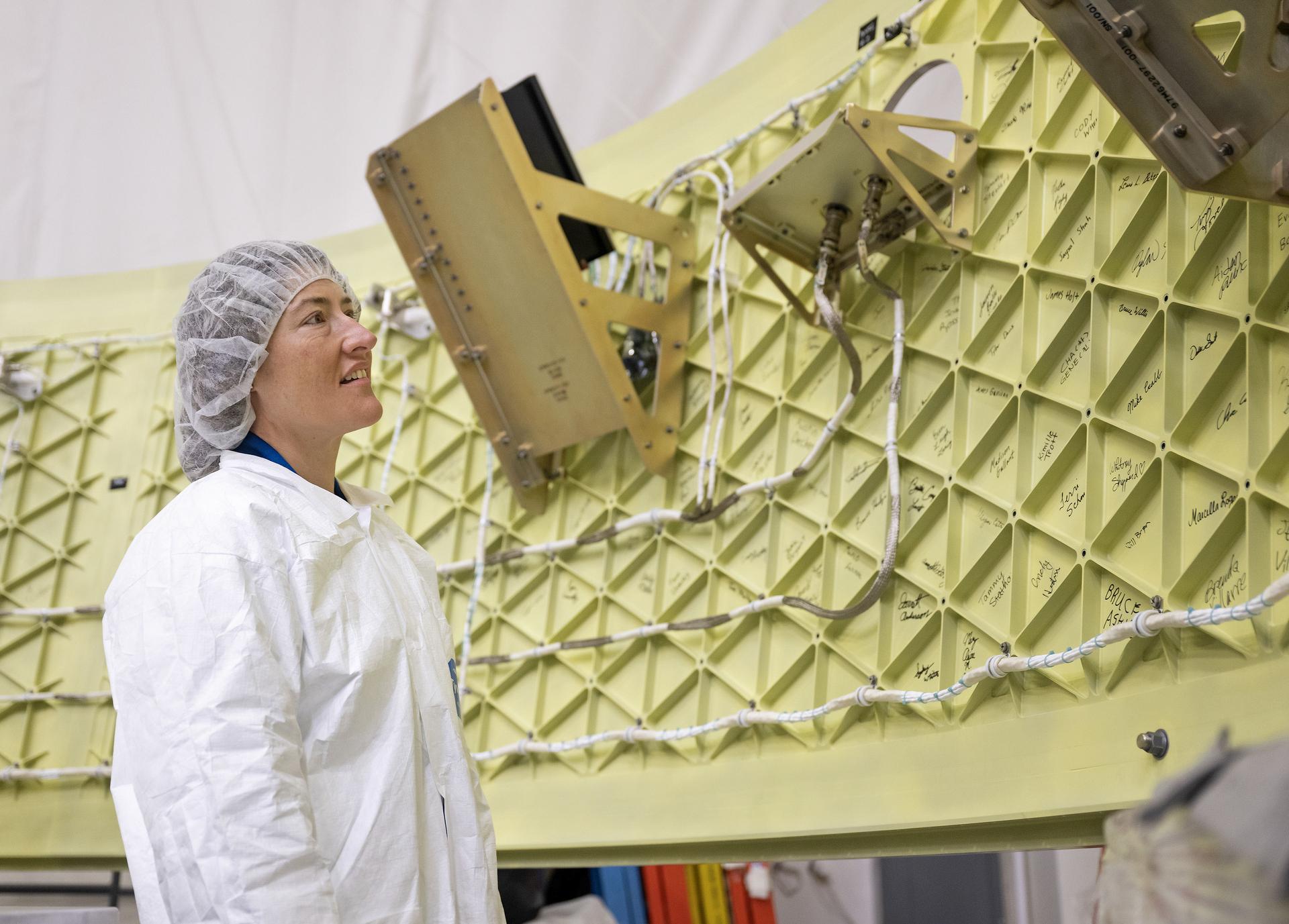
Eyes on the Cosmos: The ISS as a Space Observatory
Telescopes and Instruments for Studying Distant Objects
The ISS serves as an exceptional platform for astronomical observations. Its high altitude and stable environment provide clear views of the cosmos, free from atmospheric distortion.
Several telescopes and instruments are mounted on the ISS, allowing scientists to study a wide range of celestial objects, including:
Unlocking Secrets of the Universe: From Black Holes to Exoplanets
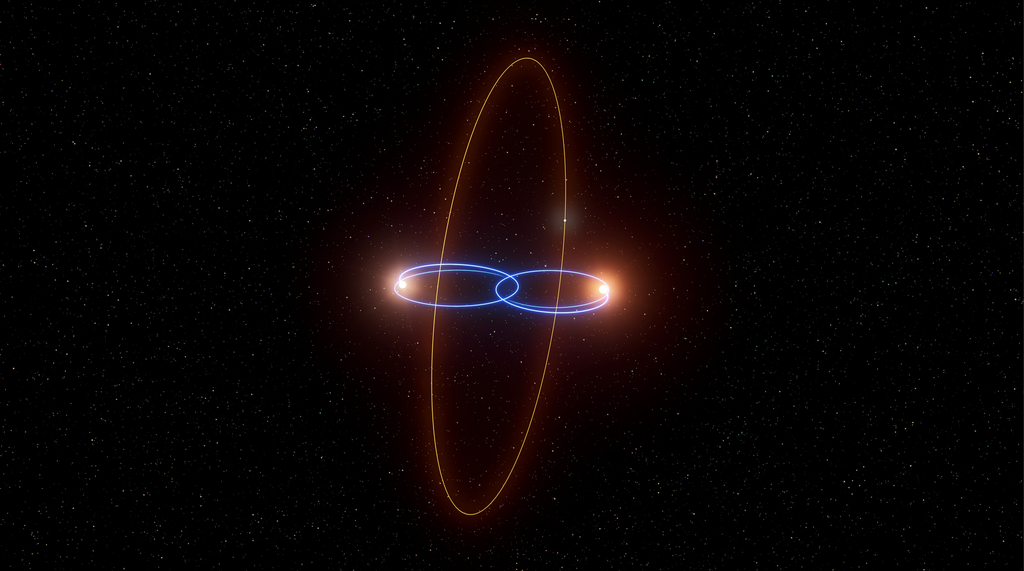
The data collected by ISS-based telescopes has revolutionized our understanding of the universe.
For example, observations of distant galaxies have provided insights into the evolution of the universe and the formation of stars and planets.
The ISS has also played a crucial role in the search for exoplanets (planets orbiting stars other than our Sun). By detecting subtle dips in a star’s brightness as a planet passes in front of it, astronomers have discovered thousands of exoplanets, some of which may be habitable.
The ISS continues to be a valuable tool for space exploration and discovery, pushing the boundaries of human knowledge about the universe.
Technology Transformed: Innovations Born in Space
From Orbit to Everyday Life: Spin-off Technologies
Many technologies developed for space exploration have found applications in everyday life, improving our health, safety, and quality of life.
Medical Advancements: Imaging, Diagnostics, and Prosthetics
Spaceflight has spurred advancements in medical imaging and diagnostics. Cat scans and MRI technology, originally developed for astronauts, are now widely used in hospitals to diagnose and treat a range of diseases.
Other medical spin-offs include:
Consumer Products: Water Purification, Food Preservation, and Materials Science
Space technology has also made its way into consumer products, such as:
Pushing the Boundaries: Next-Generation Space Technologies
Research conducted on the ISS is constantly pushing the boundaries of space technology, paving the way for future missions and exploration.
Advanced Propulsion Systems: Ion Engines and Solar Sails
The ISS has been a testing ground for new propulsion systems, such as ion engines and solar sails. These technologies offer the potential for faster and more efficient space travel.
Ion engines use electric fields to accelerate ions, producing a continuous, low-thrust propulsion force. This type of engine is highly efficient and can operate for long durations.
Solar sails harness the pressure of sunlight to propel spacecraft. This technology requires no fuel and could enable missions to distant parts of the solar system.
Robotics and Automation: Autonomous Systems for Space Exploration
The ISS relies heavily on robotics for operations and maintenance. This experience is driving the development of autonomous systems for future space exploration missions.
Robotic arms are used to manipulate objects in space, perform repairs, and conduct experiments.
AI-powered robots are being developed to autonomously navigate, collect data, and perform tasks in hazardous environments. The International Space Station continues to be a hub for innovation, driving technological advancements that benefit both space exploration and life on Earth. As we push further into the cosmos, the ISS will remain a vital platform for discovery, collaboration, and technological progress.The Future of Innovation: How the ISS Fuels Technological Advancement
Conclusion
So there you have it – a glimpse into the cutting-edge research and technology pushing the boundaries of human knowledge aboard NASA’s space stations. From the International Space Station’s microgravity labs yielding insights into materials science and medicine to the upcoming Gateway station paving the way for lunar exploration, these orbiting laboratories are proving invaluable for scientific discovery and technological advancement.
The implications are profound. The innovations born from space research often find their way into our daily lives, impacting fields like healthcare, communication, and energy. As we venture further into the cosmos, these advancements will become even more critical, enabling us to explore new worlds, understand our place in the universe, and ultimately, secure a sustainable future for humanity. The challenges we face in space mirror those here on Earth, and by tackling them head-on, we unlock solutions that benefit all humankind. The future of innovation is written among the stars, and NASA is leading the charge.
